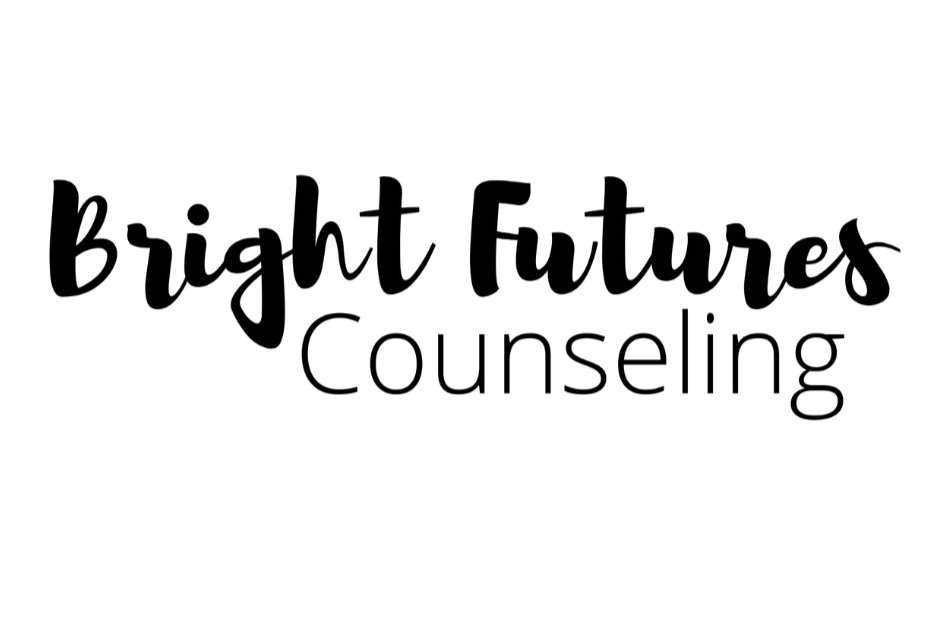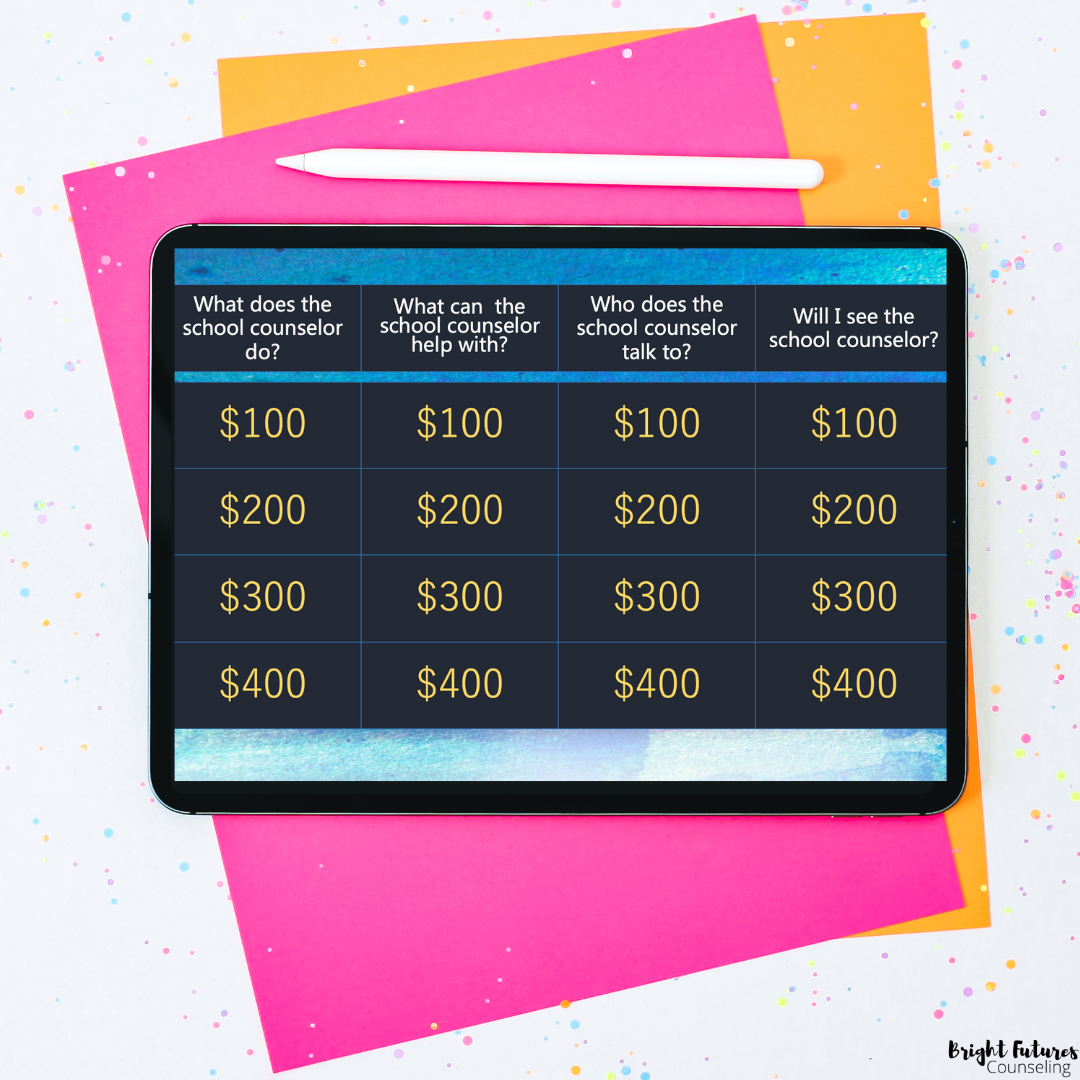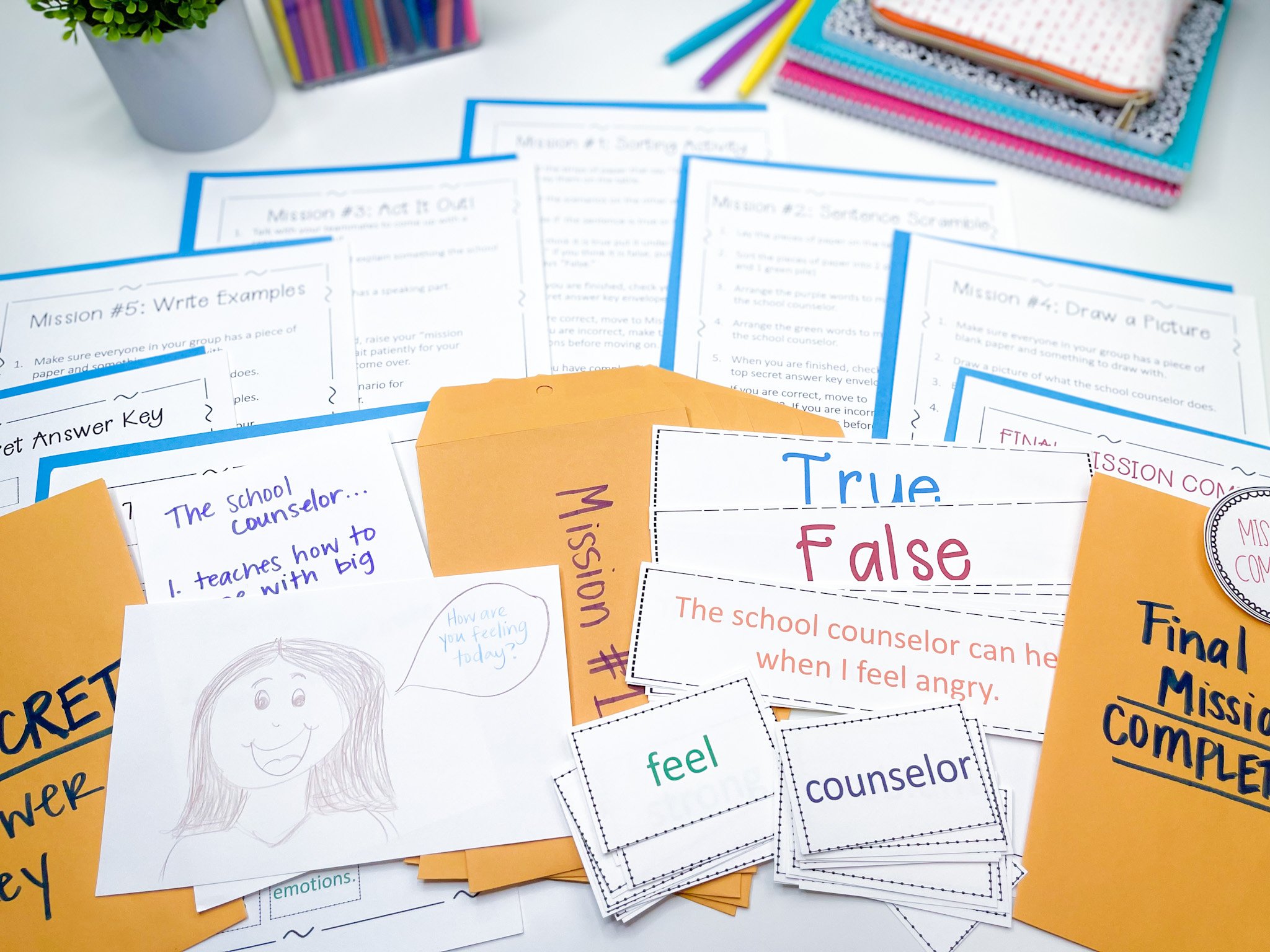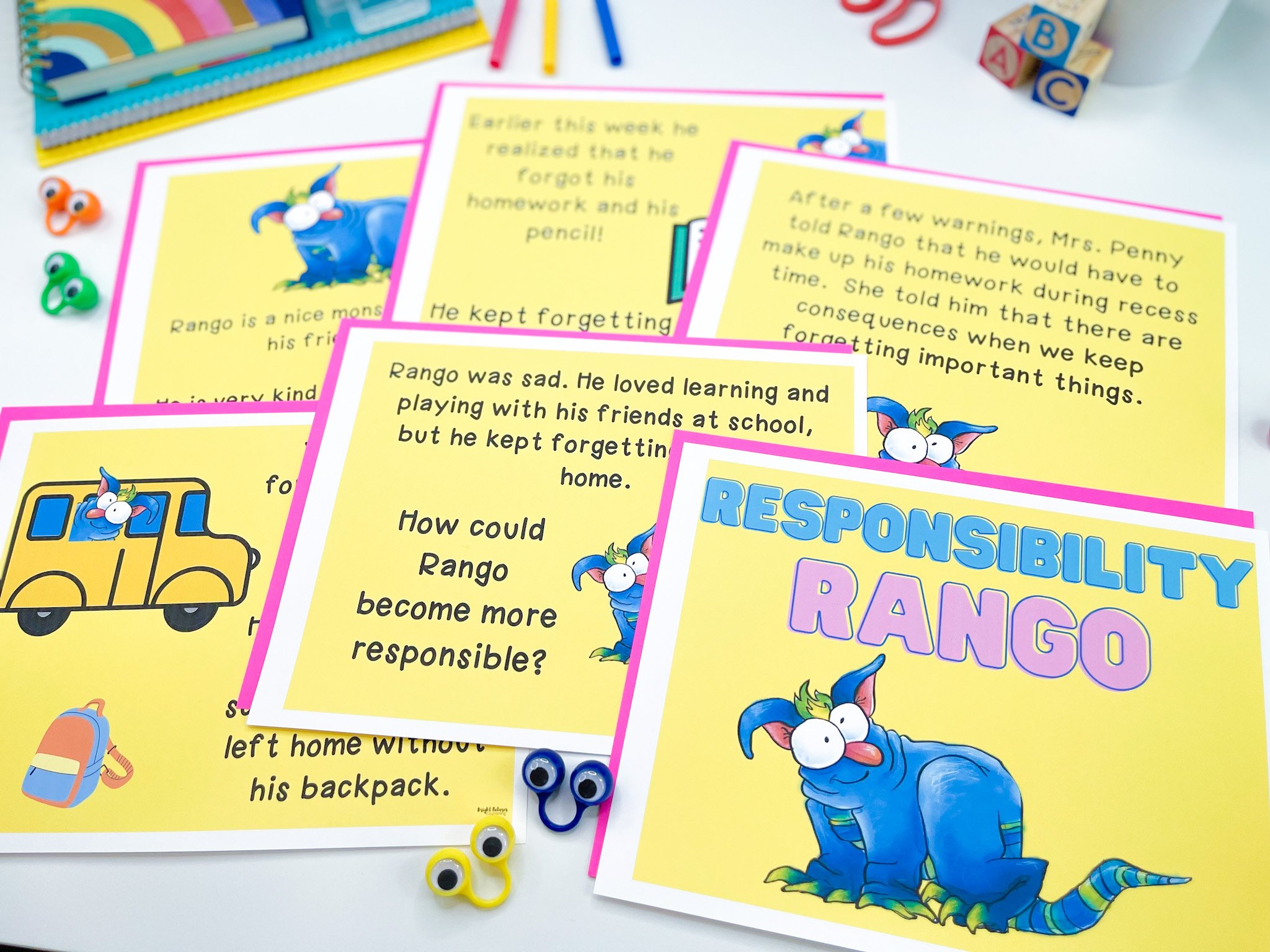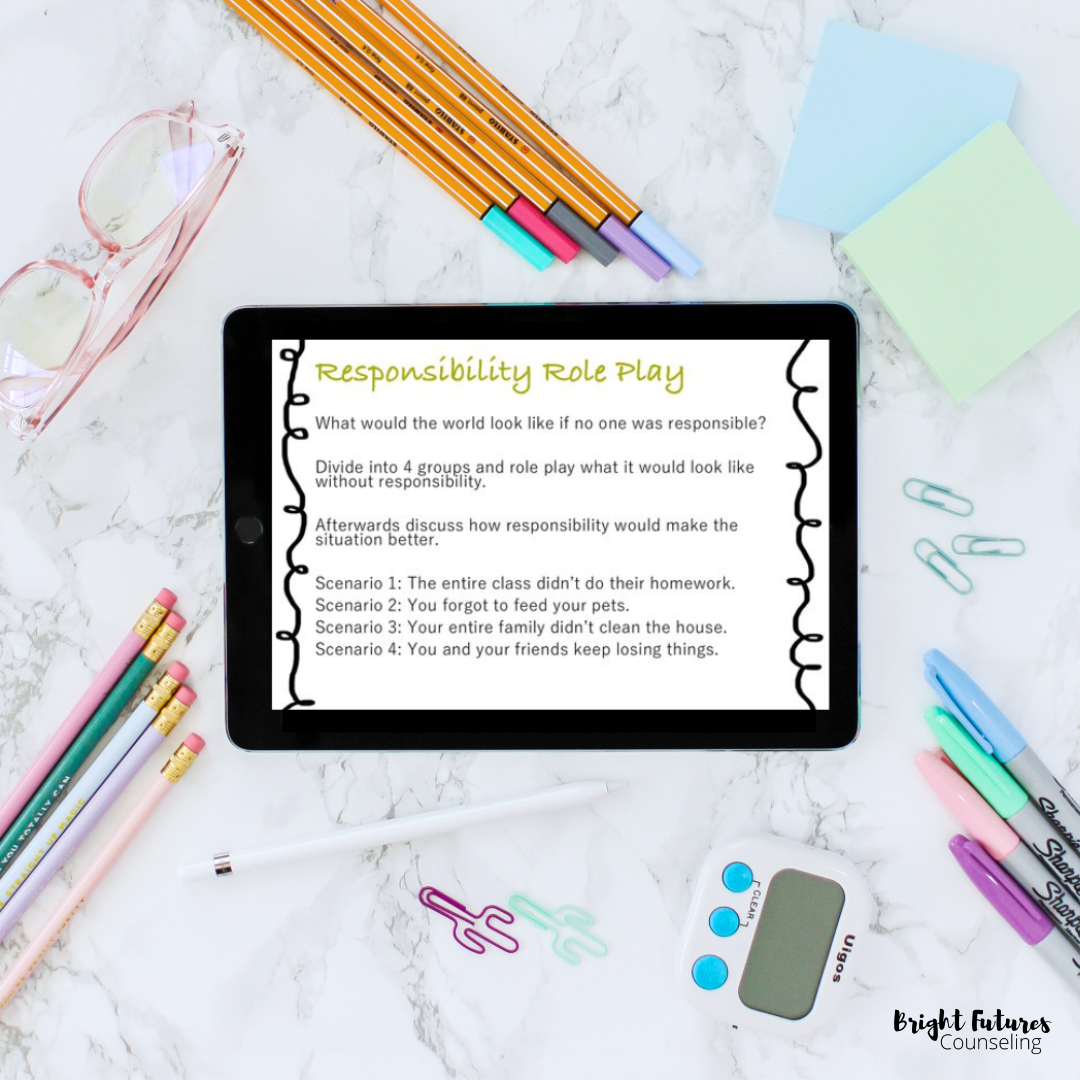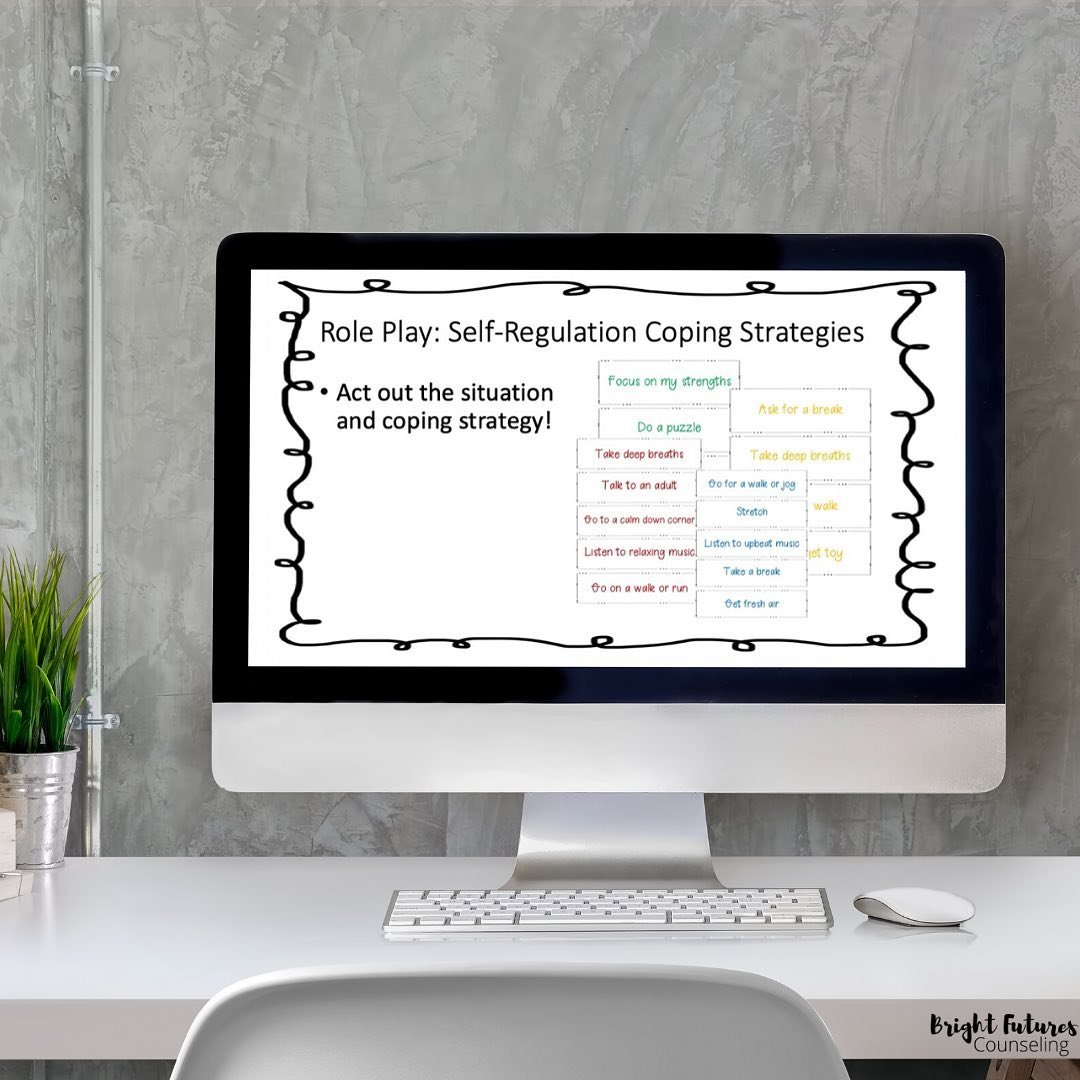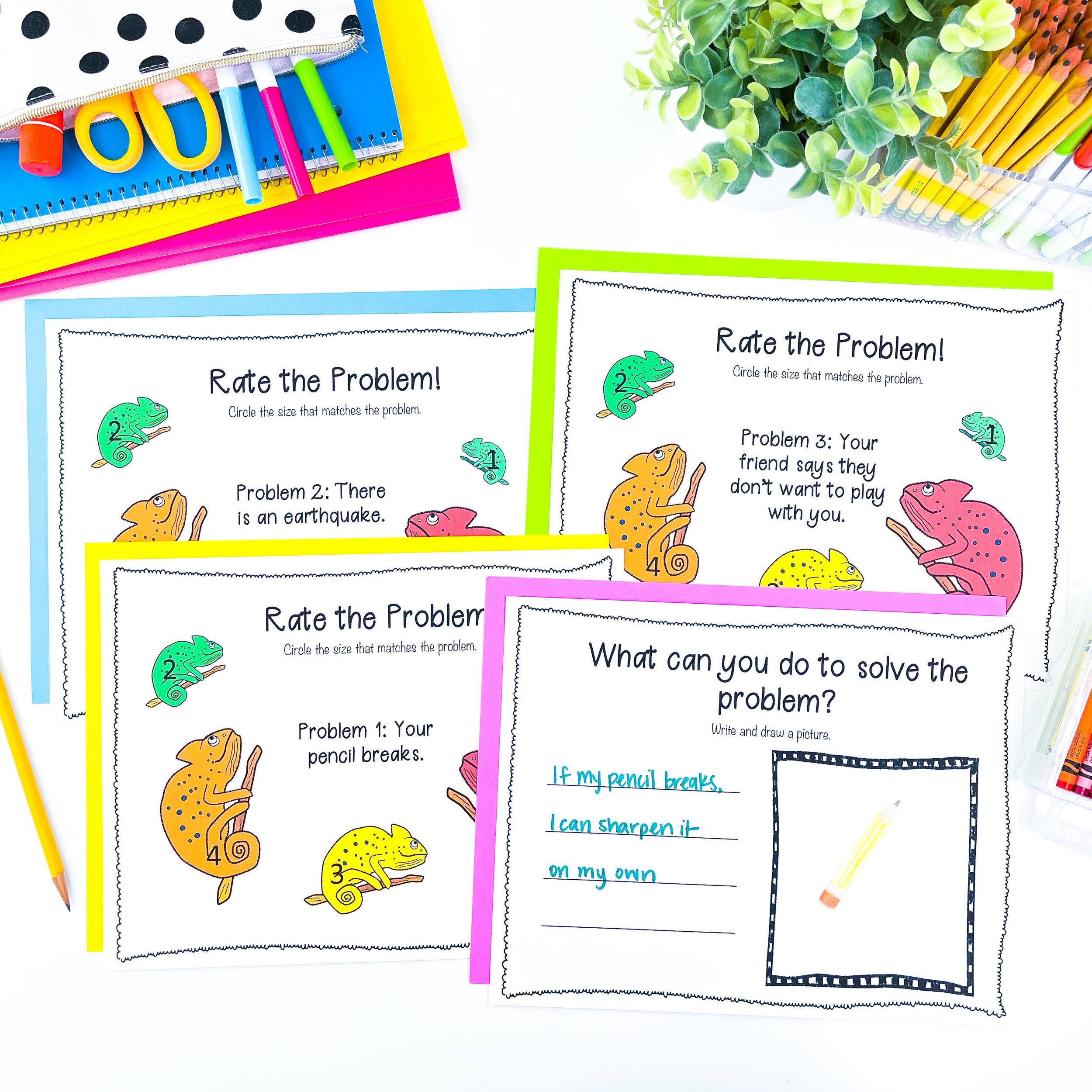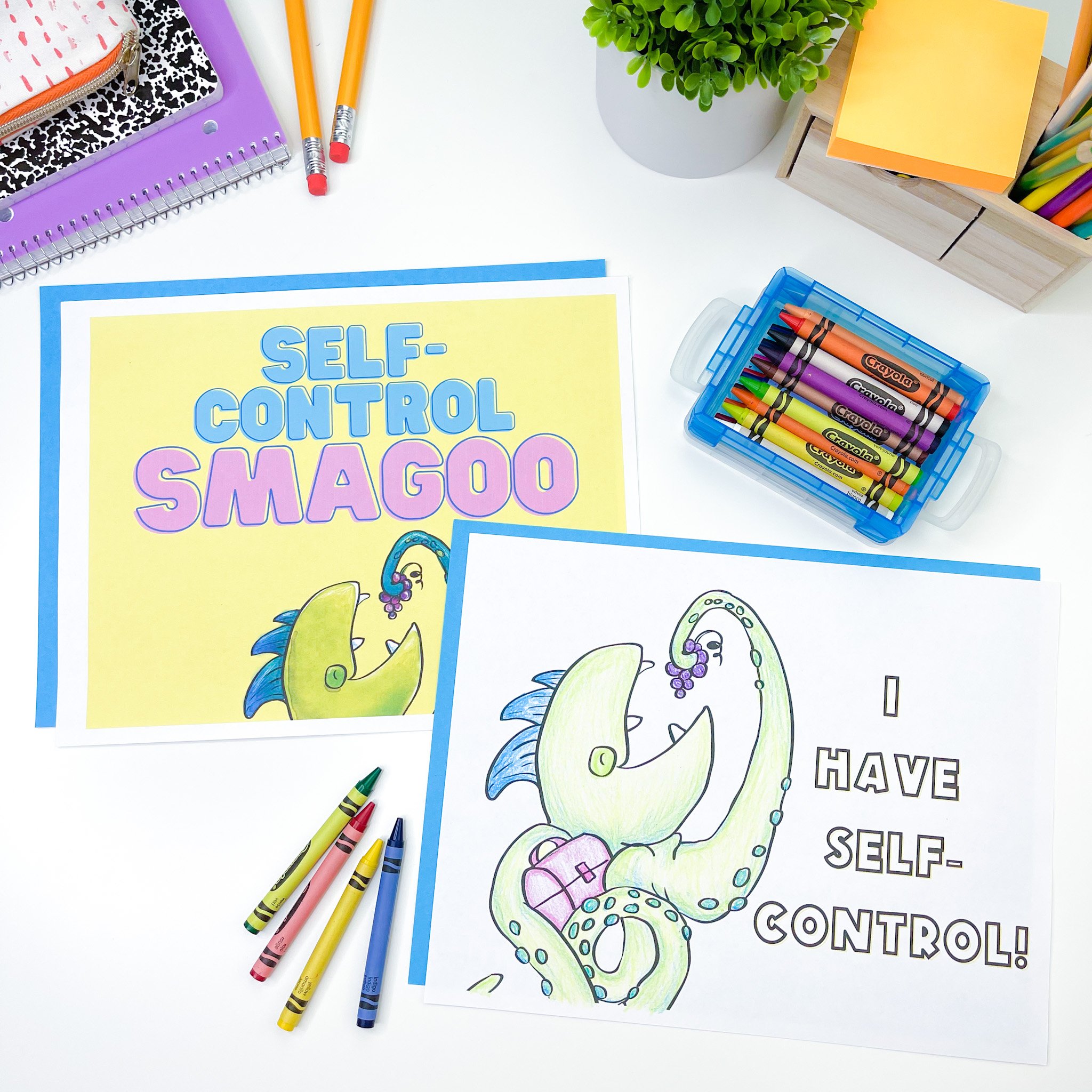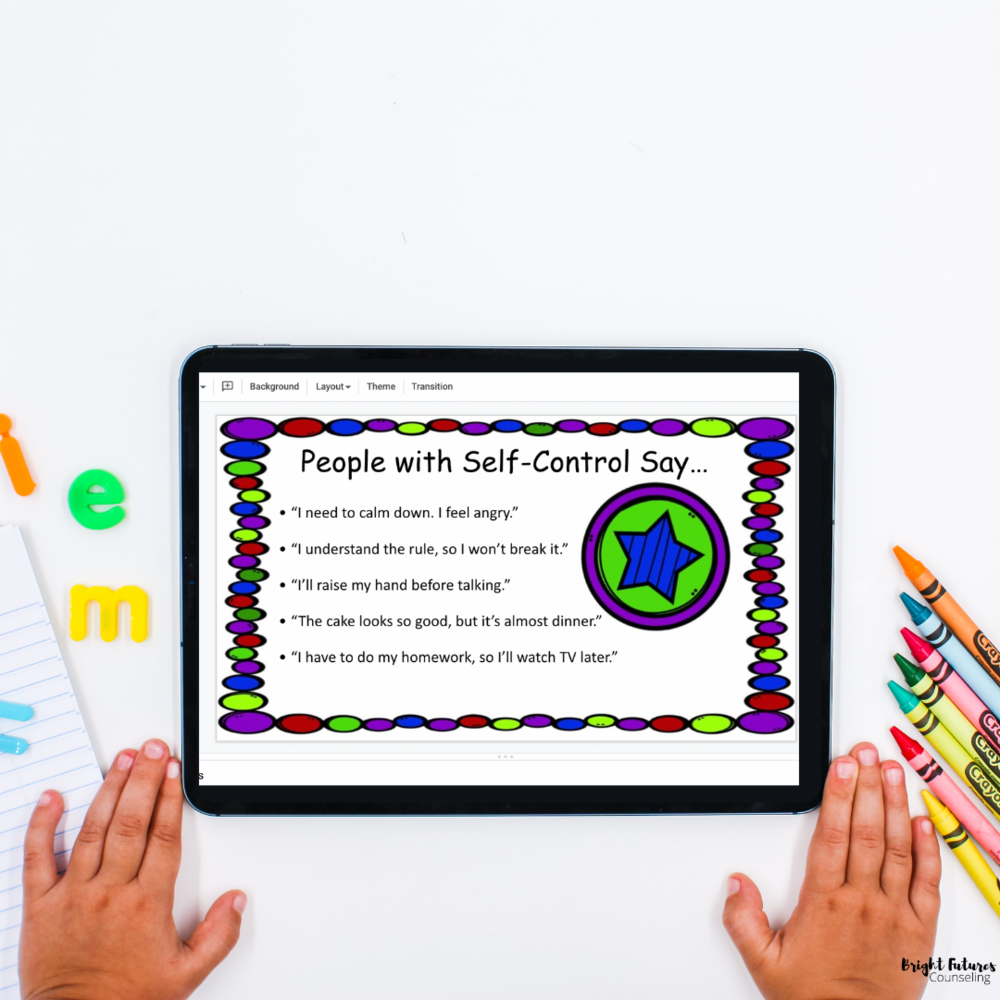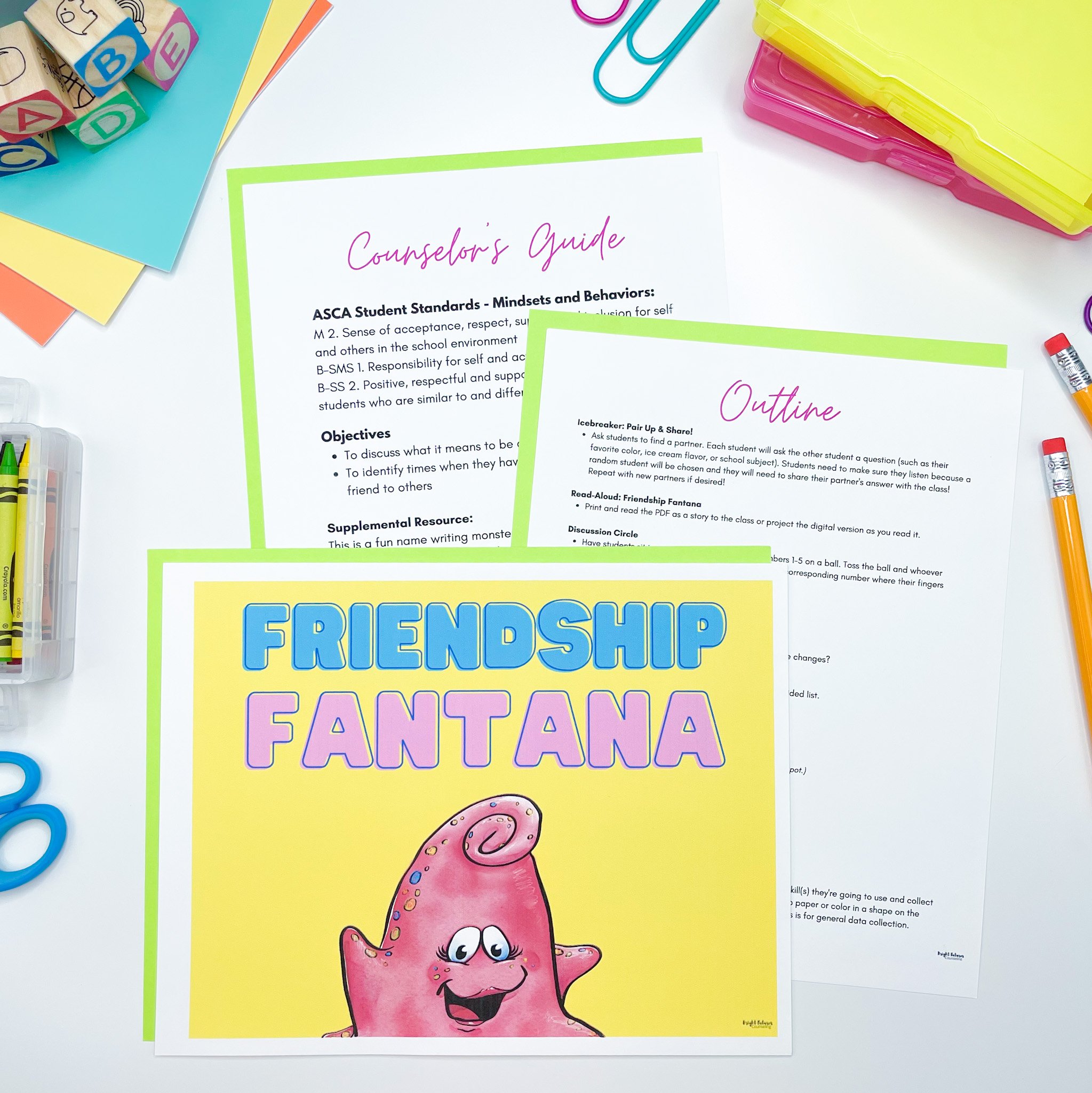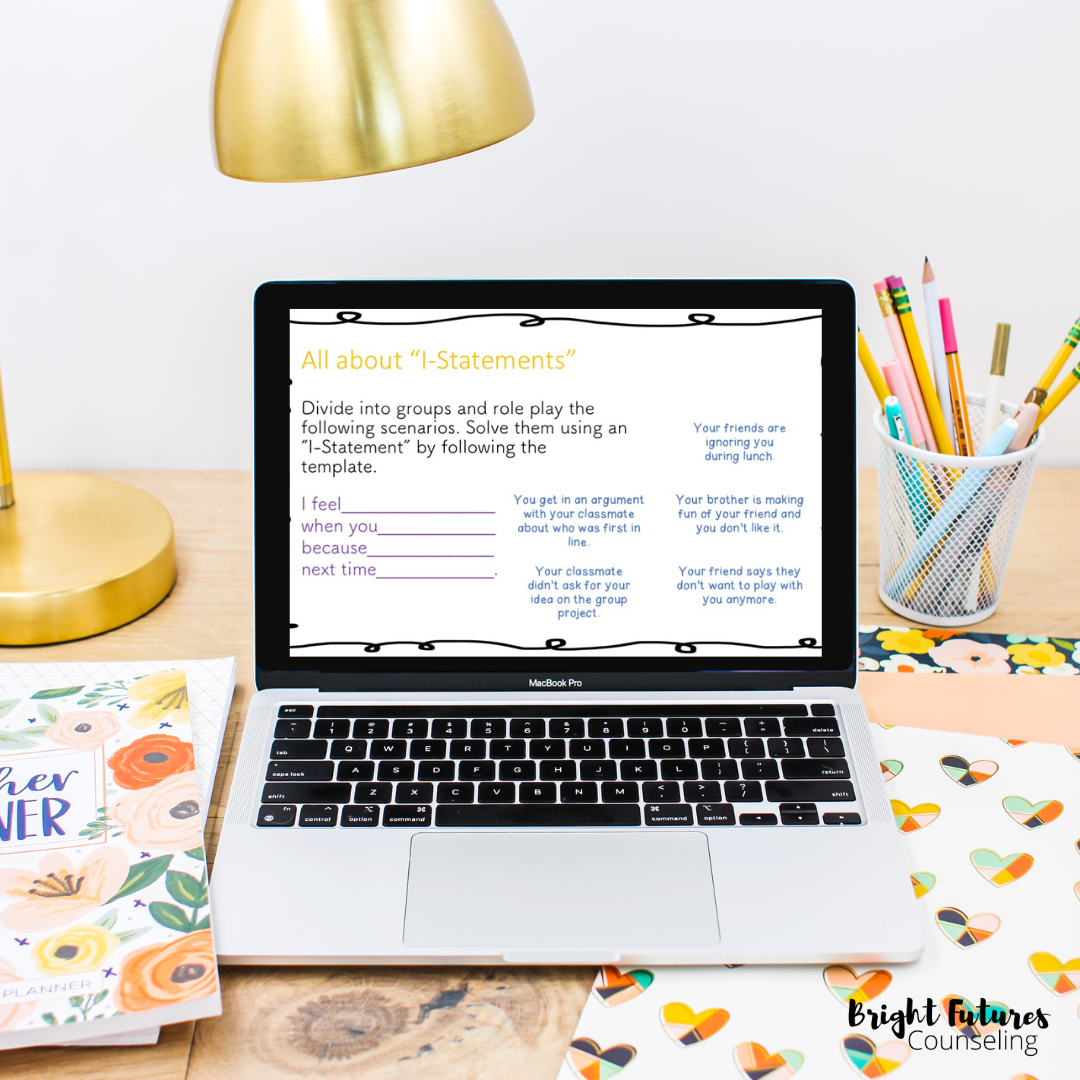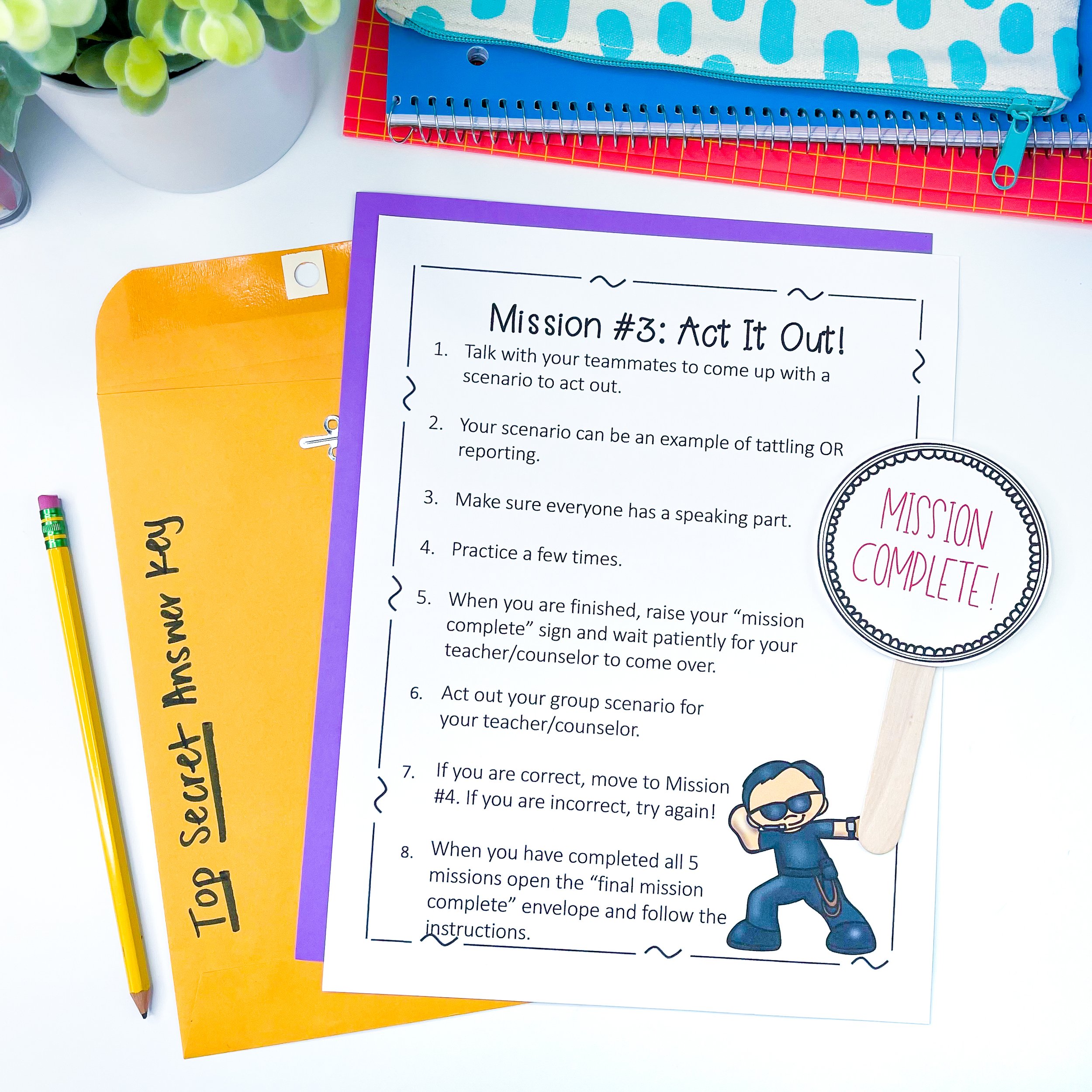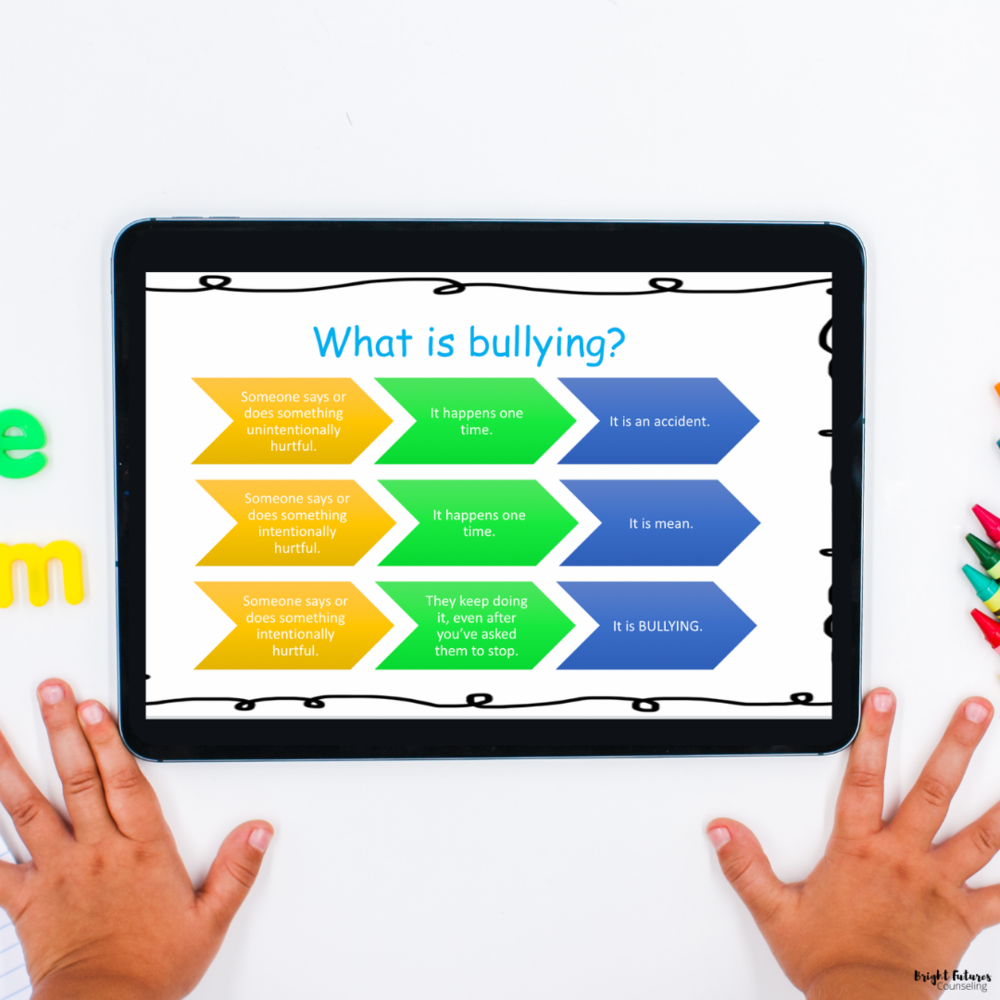9 Must-Have Class Lessons for BTS Season
Time flies! It seems like summer break just started, and yet, here we are, already being bombarded with reminders, in stores and on social media, that a new academic year is just around the corner! I’ve found that what takes the stress off of BTS season for me has always been getting prepared. At least in my tier 1 lessons, since small group referrals and tier 3 interventions will typically come in a little later.
Classroom lessons are a great way to ensure school counselors serve every student. They are time-saving since you see the whole class at once. Yet, one of the biggest mistakes you can make is not being prepared to teach a class lesson. The best way to avoid this situation is to first create a curriculum map of the topics/themes/concepts you would like to teach and when you’d like to teach them. It is also important to ensure that some topics are taught school-wide, that seasonal lessons are included, and that there is some wiggle room for as needed lessons too.
If you’re not sure of what your must-have lessons should be for the first few weeks/months of the school year, start with these:
1. Meet the Counselor
This should typically be your first lesson of the year, school-wide. It is important for your students to know who you are, what you do, and how they can access your services. Therefore, if you’re looking for a fun way to introduce yourself and the role of the school counselor, why not use this jeopardy inspired Meet the Counselor Game Show. This digital game show is a fun, interactive way for students to learn about the role of the school counselor. It is completely editable so you can change the questions to fit your school's population and needs. Escape rooms are also quite the hit and this Meet the Counselor Escape Room Lesson is perfect if you want to send your kiddos on a mission!
2. Listening Skills
We often expect our students to be active listeners without explicitly teaching them the skill of active listening. This Listening Guidance Lesson for PreK-Grade 1 uses an engaging story, activities, and games, through which students will learn the strategies they need to actively listen.
3. Following Directions
As important as it is to help our young learners practice active listening, there is almost always a need to follow up that lesson with a Following Directions Guidance Lesson where PreK- Grade 1 students are able to understand what is expected of them and are able to follow instructions/directions seamlessly and without much repetition from the teacher.
4. Responsibility
Do you encounter kids who seem to lose something every other day? Are there some students who are just so used to having things done for them? A lesson on responsibility is one that I’d recommend you teach quite early in the year. There is a possibility you/the homeroom teacher might have to go over it again, when the need arises.
With this Responsibility Guidance Lesson for PreK- Grade 1, your littles, through a combination of movement based activities, games, read-alouds, and sing alongs, will learn how to be more responsible in the classroom and outside too.
I have found that upper elementary students also benefit from a lesson on responsibility and this Responsibility Guidance Lesson for Grades 2-5 offers a great way for students to learn about responsibility and the characteristics of being responsible. Students will define responsibility, identify things they are responsible for, and choose new tasks they would like to be responsible for.
5. Size of the Problem and Self-Regulation
This is one topic that I suggest you teach school-wide and at the start of the year. It is important that a common language is used across the board. I’ve always liked using the Zones of Regulation. It’s a great way for students to express which zone they are in and identify what they need to do in order to come back to their green zone. It would be important for homeroom teachers too to use the same language and to follow up with similar lessons, as needed.
I typically like to start off with a Self Regulation Guidance Lesson through which students will gain a better understanding of their emotions and how they react to them, and learn which feelings and actions are associated with each color, and which self-regulation coping strategies they can use to help regulate their emotions. Students will also learn new self-regulation skills they can use at home and at school. Additionally, they will learn how to self-monitor their emotions and identify constructive responses to them.
A lesson on the Size of the Problem goes hand-in-hand. In this lesson, students will learn that the size of their reaction should match the size of their problem, new self-regulation strategies, how to identify the size of their problems, and how to practice appropriate reactions with this fun, chameleon-themed, self-regulation activity pack. Additionally, they will identify solutions to their problems, analyze their own problems' sizes across different situations (home, school, friends, etc), recognize their feelings when they are having a problem, and identify appropriate reactions to their problems.
6. Self Control
In every class you go to, I’m sure you have a couple of kiddos with ants in their pants! You are also likely to have students who cannot wait their turn, who constantly interrupt, and who blurt out an answer even before you’re done asking them the question! Self-control is an essential skill to teach, school-wide. Since these lessons would need to be age appropriate, this Self Control Guidance Lesson for PreK - Grade 1 and this Self Control Guidance Lesson for Grades 1 - 4 are what you will need for lower elementary students.
For your upper elementary kiddos, why not try using this Self Control Escape Room Guidance Lesson. It is extremely interactive and fun and helps students learn self-control coping strategies and how to deal with situations that make them feel angry or upset. Students divide into groups and must work as a team as they move around the room to solve all 5 missions.
7. Friendship
I’ve always found that while children generally get along while playing together, there are a good number of them who still don’t know how to make friends or how to be a good friend. Therefore, explicitly teaching and modeling friendship skills is a must. You would find that this Friendship Guidance Lesson for PreK - Grade 1 and this Friendship Guidance Lesson for Grades 2-5 are super low-prep, and yet highly interactive and engaging.
8. Conflict Resolution
Conflict resolution is an essential skill for kiddos to learn. While I love using Kelso’s Choices, I also like to focus on tattling vs. reporting as a means of conflict resolution. Tattling is the start of a lot of conflicts and in addition to I-Statements, determining the difference between tattling and reporting is an essential conflict resolution skill to learn. For older students, I love to use an escape room style lesson like Mission: Tattling vs. Reporting.
9 Bullying Prevention
Bullying Prevention education is crucial for fostering a safe learning environment. Helping students to identify bullying behavior and how to appropriately react to it can be potentially lifesaving. Therefore, come October, which is Bullying Prevention Month, a Bullying Prevention Guidance Lesson is an absolute must-do. This super important topic can be taught in a fun and interactive way to help students learn how to prevent and report bullying. On completing this lesson, your students will be able to define bullying behavior and different types of bullying. They will also learn how to be an “upstander” and know the differences between tattling and reporting.
Overwhelmed by having to plan engaging lessons? Looking for low-prep/ready to use class lessons? You could snag all the ones mentioned in this post individually or as part of the Guidance Lessons Super Bundle for Grades 1-6 or the Guidance Lessons Bundle for Guidance Lessons Bundle for PreK-Grade 1reK-Grade 1.
What are your must-have lessons for when you return to school? Let me know in the comments.
